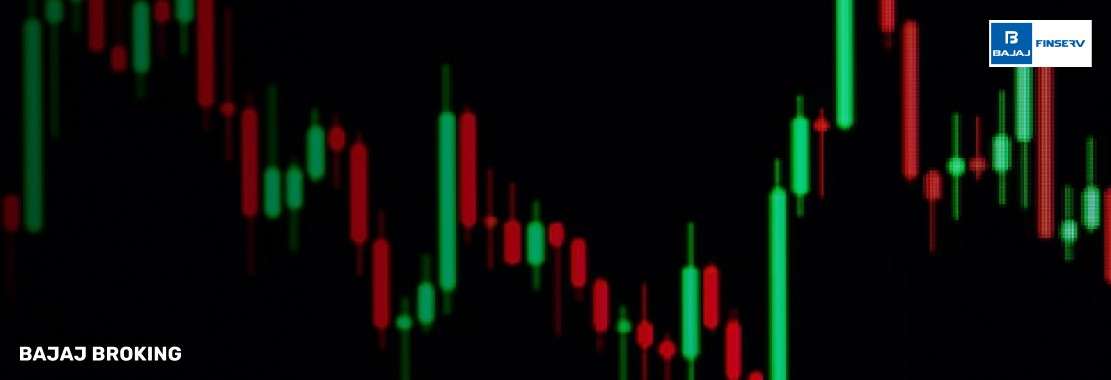Patrick Mulloy came up with the Double Exponential Moving Average (DEMA) to help traders make decisions more quickly. When you look at traditional moving averages, they often lag behind, like when you watch a video instead of the live game. DEMA fills this gap by responding faster to price changes. It helps you identify new trends, reversals, and trading opportunities quickly.
Day traders will find it even more helpful because it eliminates the different mathematically calculated DEMA value from the end of the last day (close of market) to the beginning of today (open of market). In markets that are often not predictable, every second counts, and DEMA gives you an edge. The speed that has made it powerful can also complicate things. In sideways markets, signals might come too quickly and make the strategy unclear. Traders often change the parameters or use DEMA with other tools to double-check what the chart is showing.
How Does DEMA Work?
DEMA is an improvement on the Exponential Moving Average (EMA) that makes it more responsive. First, you use price data to figure out a typical EMA. Next, you use the first EMA to figure out another EMA. The formula is: DEMA = (2 × EMA) – (EMA of EMA)
This gives the first EMA greater weight and takes away the delay from the second. The line is now smoother and moves faster, and it behaves more like real-time price fluctuations. Traders use this speed to find early signals of changes in momentum or reversals. It still has certain flaws, though. In sideways or quiet markets, it could show signs that don't lead to real moves. Traders generally use tools like RSI or MACD to double-check signals to lower this risk.
Calculating the Double Exponential Moving Average (DEMA)
It makes more sense to break the steps down. First, find the EMA of the price series for the time period you chose. Then, use the first EMA as the base to figure out another EMA. Use the formula last:
DEMA = 2 × EMA - EMA of EMA
The first EMA makes sure that more recent prices are given more weight. The second EMA smooths the line but gives back some lag. The DEMA minimises lag while still smoothing by using twice the first number and subtracting the second. This allows the trader to move quickly in rapidly moving markets and not miss an opportunity. The problem is that the very same sensitivity to make things move fast can also generate false alarms.
Advantages of Using DEMA in Trading
When conducting trades, speed and clarity are essential, and DEMA provides both. Some of DEMA's advantages are:
Less delay: DEMA gives traders faster signals to enter or exit trades, which allows them to make decisions before the opportunity fades.
More sensitivity: DEMA shows changes in momentum or possible reversals much faster—as compared to slower moving averages—allowing real-time data to show through.
More clarity: DEMA helps to simplify trends while providing you with valuable information and decision-making confidence with reduced lag time.
Performs better in volatile markets: DEMA offers real time updates when significant price fluctuations occur, even when steep or deep obstacles arise through price change.
Less whipsawing through strong trends: DEMA offers clearer and smoother signals in strong one-way moves, which minimises unnecessary trades.Supports short-term trading approaches, which helps scalpers or day traders who must be nimble.
Works well with multiple indicators: DEMA is commonly used along with RSI or MACD to give higher levels of confirmation.
Works in multiple time frames: Users can adjust time frames to suit their trading styles, including swift and medium-term trades.
Possible Disadvantages of DEMA in Trading
Even though DEMA has some positive aspects, traders need to consider its limitations:
Too fast: It moves so fast that it can provide false signals, which could lead to unnecessary trades.
Issues with range - it usually does provide wrong signals in moving sideways or volatile markets.
Not for the long-haul - SMA or EMA may work better for short or medium positions.
More complicated than regular Averages and requires more math, making it a little bit harder for novices to grasp.
Needs confirmation - it is usually used in conjunction with other signals to confirm, so that you don't miss trades, which makes it more complicated to analyse.
Not much help in calm markets - It doesn't lend much help when prices aren't really moving.
Additional Read: What is Moving Averages for Intraday?
Common Mistakes to Avoid with DEMA
Many traders lose money not due to the instrument itself but because of how they use it. Here are some common errors:
It can be dangerous to only rely on DEMA- it is not safe to use it alone without verifying with more than one indicator.
Not paying attention to the type of market-working better in trending and trending and worse to sideways.
Using the wrong timeframes- too short will be too noisy, too long won't be as effective.
Failure to manage risk- false signals could lead to substantial losses if you don’t employ stop-loss orders.
Misreading small swings- small changes do not necessarily mean a trend will change.
Not paying attention to the fundamentals- Market news, company earnings, and policy changes all influence prices.
Conclusion
The Double Exponential Moving Average is a better and faster technique to figure out which way the market is going. For traders who work in fast-moving markets, this speed might make the difference between identifying a trend and missing it. But DEMA isn't perfect. Its sensitivity might work against it, especially in sideways markets. That's why it works better with confirmation tools and good risk management. When used correctly, DEMA is a great tool for traders because it gives them faster insights, smoother signals, and better timing for their decisions.




